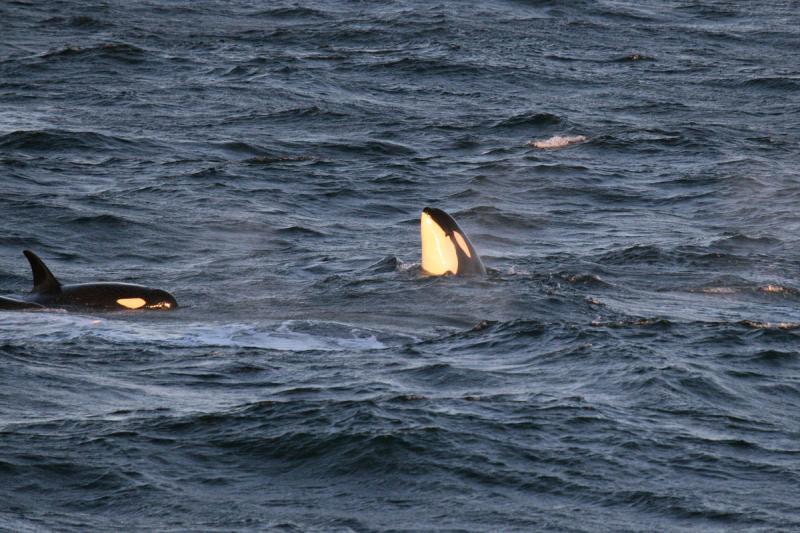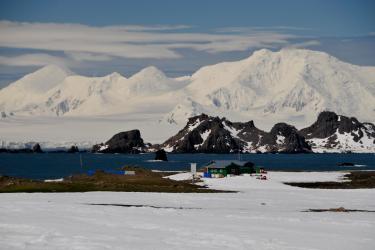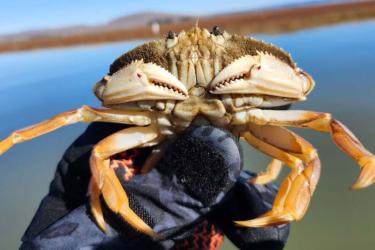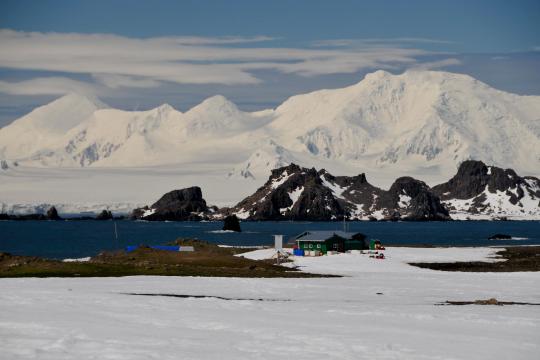Federal, state, and tribal salmon hatcheries in Washington and Oregon have increased production of juvenile Chinook salmon over the last 2 years. This unusual step in the world of species recovery will promote the recovery of one of their predators, the endangered Southern Resident killer whales.
Federal funding for the project came in association with the Pacific Salmon Treaty, while state funding is through the Washington State Legislature. Hatcheries aim to increase prey for the top marine predators by roughly 4–5 percent as the young fish mature over the next 2 to 3 years.
The hatchery releases add to other recovery efforts for the Southern Residents. Federal funding included $10.4 million last year and this year to restore habitat throughout the Salish Sea. This will help improve the long-term natural production of Chinook salmon to benefit the killer whales and support fisheries in Canada and the United States.
The Treaty-related funding adds to other habitat restoration funds from the Pacific Coastal Salmon Recovery Fund, state programs, and other sources. Together these sources have directed more than $200 million to restore salmon on the West Coast over the last 3 years.
“While hatcheries are increasing prey for the whales in the short-term, we’re restoring the long-term capacity of the ecosystem to do the same,” said Scott Rumsey, Deputy Regional Administrator in NOAA Fisheries’ West Coast Region. “At the same time, managing vessel traffic and noise helps ensure that the whales can effectively hunt and find the additional salmon that are out there.”

The Soos Creek Hatchery operated by Washington Department of Fish and Wildlife is one of the state fish hatcheries providing additional Chinook salmon to support recovery of Southern Resident killer whales. Photo: Washington Department of Fish and Wildlife
Unusual Recovery Strategy
Federal and state funding paid for more than 11.6 million additional juvenile hatchery Chinook salmon in 2020 compared to previous years. The funding also supported the release of more than 18.3 million additional Chinook salmon in 2021, although final numbers are pending.
Releasing prey to help save an endangered predator such as orcas is an unusual recovery strategy, especially in the ocean. Some recovery efforts in other parts of the world have supplemented prey to promote predator conservation. However, it has typically been on a limited basis or involved dead prey or feed. For example, biologists in California left stillborn calf carcasses for endangered California condors, which eat only carrion.
The hatchery fish released as smolts must spend a few years in the ocean before they grow big enough to become prey for the whales.
Although people are providing the food source, there is no risk of the whales associating the food with people or experiencing the negative impacts often seen from human handouts.
Research by NOAA Fisheries’ Northwest Fisheries Science Center has examined the relationship between predator and prey recovery strategies. Scientists found that coordinated actions to recover both Southern Residents and their prey simultaneously provide the greatest promise of recovery in the shortest time. NOAA Fisheries scientists are also joining partners to assess the economic and ecological effects of recovery actions for Southern Residents.
In addition, NOAA Fisheries has and will continue to analyze hatchery operations across the Northwest. This will ensure they are not impeding recovery of Endangered Species Act-listed Chinook salmon in the wild.
“We are considering the tradeoffs between what we do for the whales, and what we do for the salmon,” said Lynne Barre, recovery coordinator for the Southern Resident killer whale. “We are looking for ways to implement actions that benefit both species, or at least ensure that what we do for the whales won’t have negative consequences for salmon. Both are priorities.”
Comprehensive Steps for Whales
The releases will supplement Chinook salmon numbers throughout the Salish Sea, the outer coast of Washington, and off of the Columbia River. All are hunting areas for the Southern Residents. The endangered whales often spend summer months foraging in inland waters, with two of the three pods—K and L—moving largely to the outer coast in winter months. J pod spends most of the winter in inland waters and the Strait of Georgia in British Columbia, sometimes making forays to the west coast of Vancouver Island.
The 74 remaining endangered Southern Residents face multiple threats, including limited salmon prey, vessel traffic and noise, and contaminants. Recent research has shown that the whales rely on Chinook salmon from across the West Coast. They also prey on other salmon, steelhead, and marine species when Chinook salmon are not as abundant.
In addition to hatchery and habitat actions, NOAA Fisheries has worked with fishery managers to consider the impacts of harvest on whales’ prey. We work with partners to implement regulations and guidelines for vessels to reduce interference with the ability of the whales to find and catch their prey.
Salmon hatcheries that received state or federal funding to increase production of Chinook salmon are operated by:
- Washington Department of Fish and Wildlife
- Oregon Department of Fish and Wildlife
- Quinault Indian Nation
- Quileute Tribe
- Puyallup Tribe of Indians
- Muckleshoot Indian Tribe
- Squaxin Island Tribe
- Lummi Nation
- Yakama Nation
- Tulalip Tribes
- Nez Perce Tribe
- Douglas County Public Utility District
- U.S. Fish and Wildlife Service







